From Belushi to Warhol: Marcia Resnick’s Portraits of the Bad Boys Of 1970s New York Counterculture
Marcia Resnick spent much of the 1970s and 80s photographing the marginalized, talented and creative souls — as well as some pretty famous rockers and poets — who were drawn like a magnet to dirty, old, low-rent and near-bankrupt New York City. They came there, Marcia observed, to re-invent themselves. “Musicians, writers, artists, photographers, filmmakers and dancers would congregate at clubs like the Mudd, Max’s and CBGB where they would enjoy the music and begin to collaborate on art projects.” Out of this scene came a mixture of punk rockers, transvestites, performers, and older counterculture figures who Resnick found intriguing.
Resnick recently published , which focuses on what many consider to be the highlight years of New York’s counterculture. La Noir Image caught up with Marcia Resnick to learn more about the project and how she approached her famous and notorious subjects.
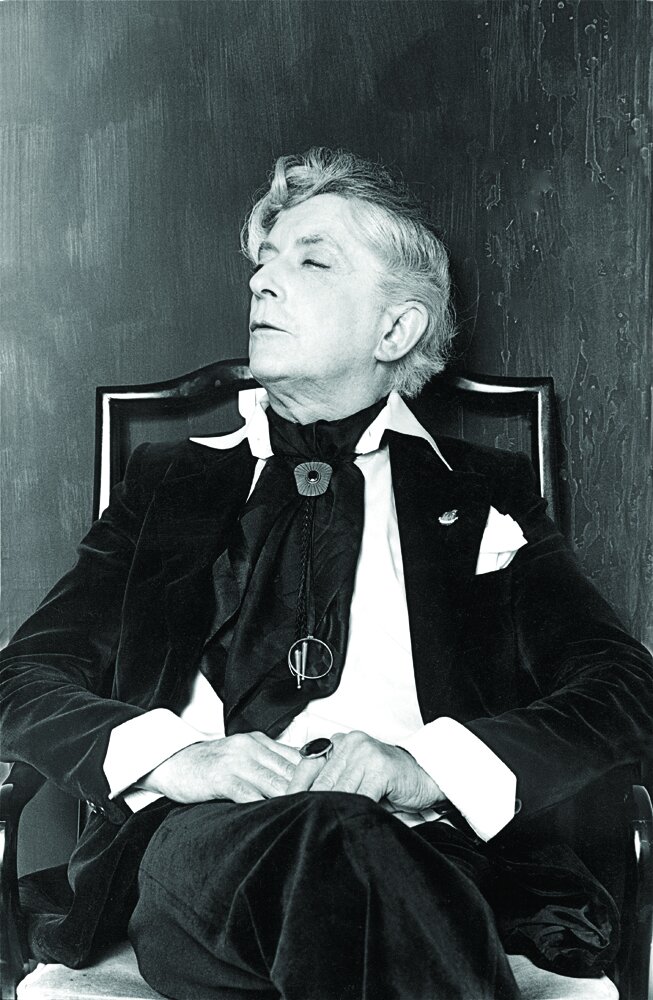 Quentin Crisp
Quentin Crisp
“I initially photographed the formidable punk rockers, the “bad boys” whose sound and visual style were against-the-grain,” says Resnick. “I soon began photographing a wider spectrum of subjects. The city was full of “enfant terribles” from both earlier and contemporary eras who were united by their roots in the counterculture. The Beat writers like William Burroughs and Allen Ginsberg, artists like Andy Warhol and Jean-Michel Basquiat, filmmakers like John Waters and Jack Smith, musicians like Klaus Nomi and Johnny Thunders and performers like Divine and John Belushi, were all really punks at heart.”
Resnick’s work is, in many ways, groundbreaking. “Men are always photographing women,” explains Resnick as one of the motivations for the book. “It [was] about time for a woman to photograph men.” While things have changed since then, at the time there were, indeed, few women were photographing men.
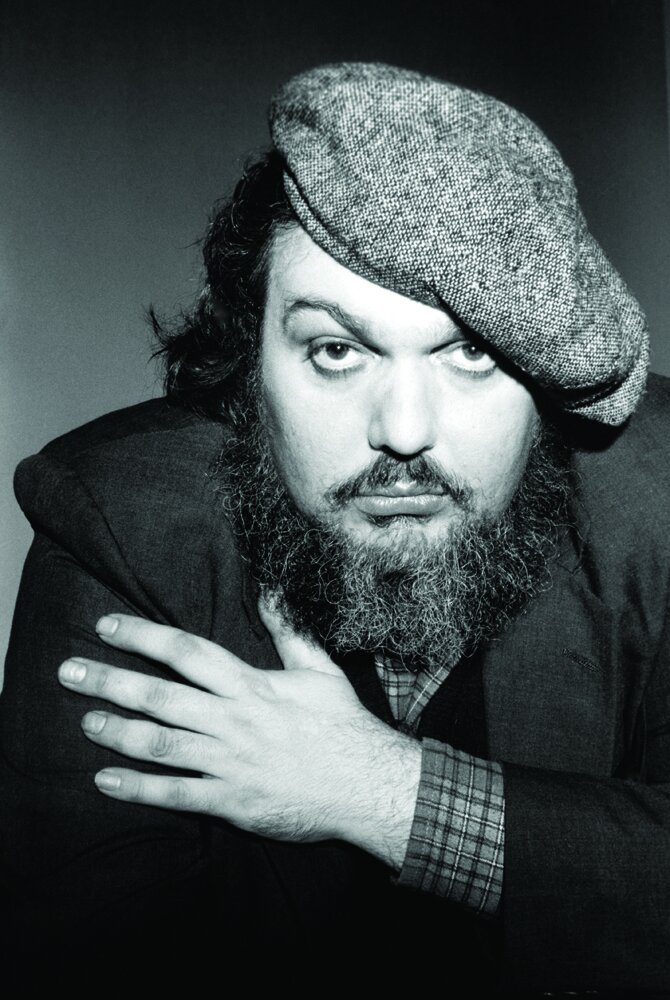 Dr. John
Dr. John
Photographing subjects with such notoriety required both confidence and curiosity, which Marcia Resnick had in abundance. She was “determined to meet the people who were making the music and creating the art which fascinated me. I frequented the downtown clubs where the doormen let me in for free. I would go “backstage” to visit and photograph the musicians. I would often invite them to come to my loft where I could photograph them in a more controlled intimate situation with studio strobes.” Her photos appeared as a feature, “Resnick’s Believe-It-Or-Not”, in the Soho Weekly News, a counterculture newspaper. “I showed a photograph with a ficticious story about the image. I also got assignments from the paper to photograph people, sometimes for covers. Having press credentials was often helpful in getting to photograph certain subjects.”

Divine
Resnick typically photographed in both color and black-and-white, since some of her assignments required color, but her personal preference was black and white. She used Nikon FTN and FE2 cameras, and a Micro-Nikko 55mm lens (her favorite) as well as a Nikkor-P 105mm lens, and a pair of Bogen moonlights. (Her current camera of choice is an Olympus OM-D Micro Four Thirds digital camera with a kit lens).
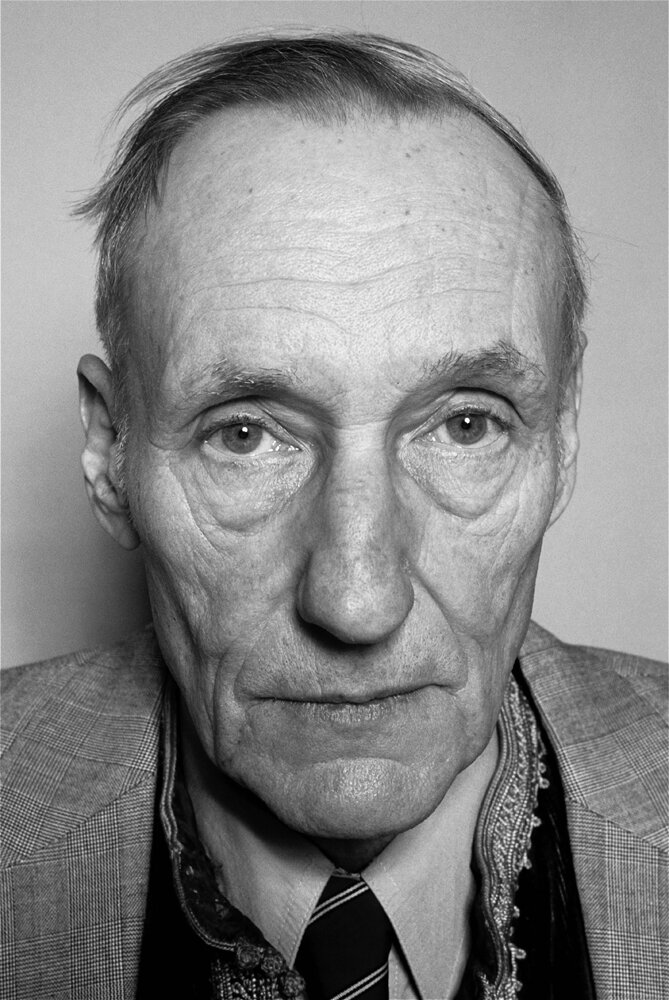 William Burroughs
William Burroughs
Currently, Resnick is focusing an ongoing new personal project and is looking to trying to re-publish her out-of-print book, Re-visions, to celebrate its 40th anniversary in 2018. A two-time winner of the National Endowment for the Arts photography grant (both times in the 1970s), she observes that there seem to be fewer opportunities and “definitely much more competition” for grants nowadays. She also notes that the publishing world is extremely competitive these days, “which is why more and more people are drawn to self-publish through crowdfunding websites like Kickstarter. I think this is a viable and democratic alternative to approaching publishing companies.”
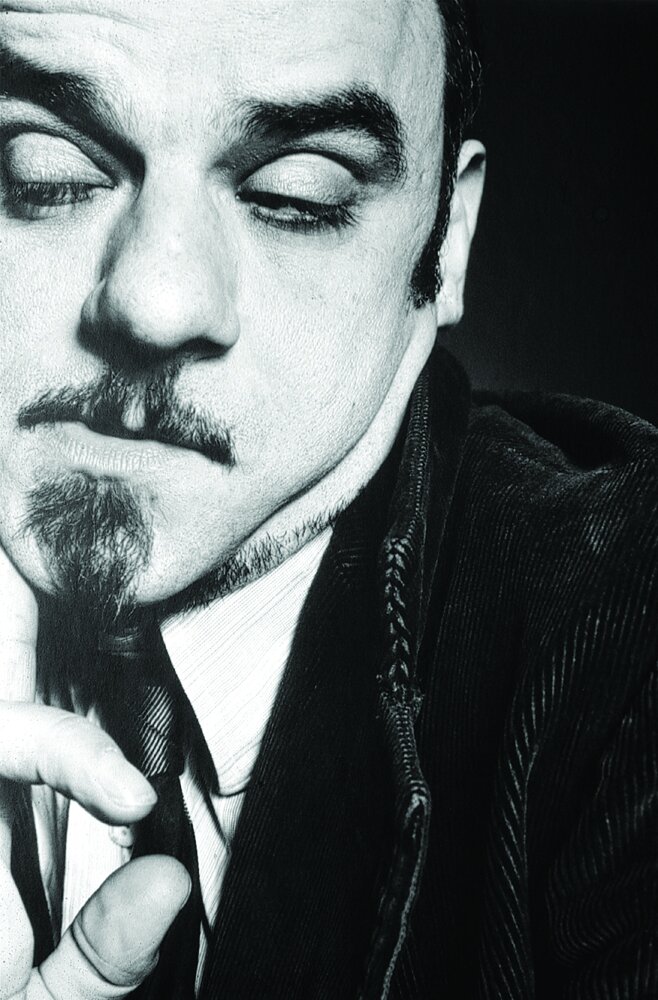
Charles Ludlam
Resnick’s advice to young photographers who are looking to photograph today’s musicians, poets and “provocateurs”? “Be brave and aggressive. Research your subjects. Love what they do and love what you are doing. Try to work for periodicals and online magazines, even if the pay is non-existent. Having press credentials is helpful. I think it is more difficult today to get permission to photograph celebrities because they are surrounded by people whose job it is to protect them. Yet, in this internet age, people can be approached in various ways online.”
EXTRA! Six Photos, Six Backstories

MICK JAGGER
I rarely felt fear before a photo session, but this was Mick Jagger! So I felt intimidated at first but became more comfortable in time. He was wearing really boring clothing so Mary Lou Green, my stylist, gave him an outfit made of paper. We did some photos of him wearing that, but they didn’t work. We had nothing else good for him to wear so I wound up taking primarily bare-chested photos. His naked torso was featured on the cover of High Times in June 1980.
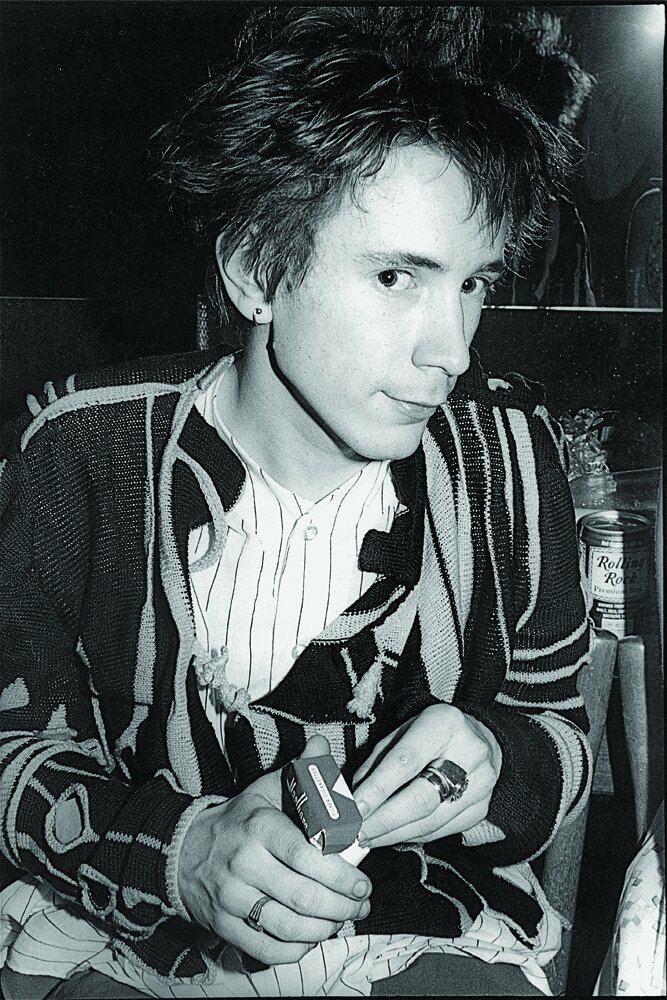
JOHN LYDON
I knew him from photographing him for Playgirl when he tried to look sexy. The interview and photo wound up in High Times. In mid-May of 1981, I ran into him at the Palladium and we proceeded to gallivant around town, stopping to get turned onto coke at a friend’s house. Hours later, tired and forlorn, we landed in my loft. When he left early in the a.m., I handed him a copy of Charles Bukowski’s “Erections, Ejaculations and Tales of Ordinary Madness”. The next day, I photographed John backstage when Public Image Ltd. played the Ritz. Everyone expected to see a spectacular show. The audience was crushed when the band stood behind a screen and could only be seen in silhouette. Enraged that they couldn’t actually see their heroes, they lost it. They assaulted the stage, throwing beer cans and chairs at the screen while fighting amongst themselves. The musicians were booed off the stage. At first it looked as if PiL’s avant garde concept had failed. But when I was leaving the club, I noticed that, despite feeling ripped off, everyone could not stop talking about the show.
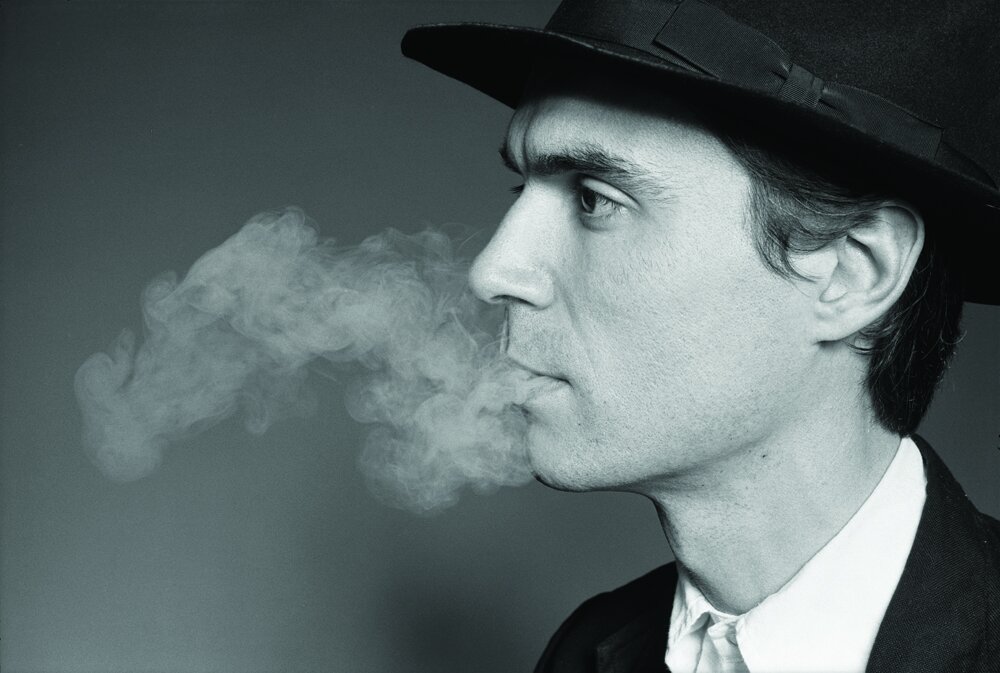
DAVID BYRNE
In 1978 the Talking Heads came to my studio for a photo session. David was remarkably shy and was playing around a lot in an effort to avoid the camera. Chris and Tina and Jerry had to force him to behave. Two years later, during a solo photo session, he was quite the opposite. He was secure and deliberate. He was dancing. He knew who he was.

KLAUS NOMI
Photographed here in 1978, German born Klaus Nomi, originally Klaus Sperber, was a pastry chef who was about to re-invent himself as a new wave opera singer. He awed audiences with his angular features exaggerated by theatrical make-up, his outer space-like attire and his distinctly coifed hair, complete with receding hairline. With his stellar countertenor voice and the use of synthesizers, he created explosive renditions of both arias and pop songs.
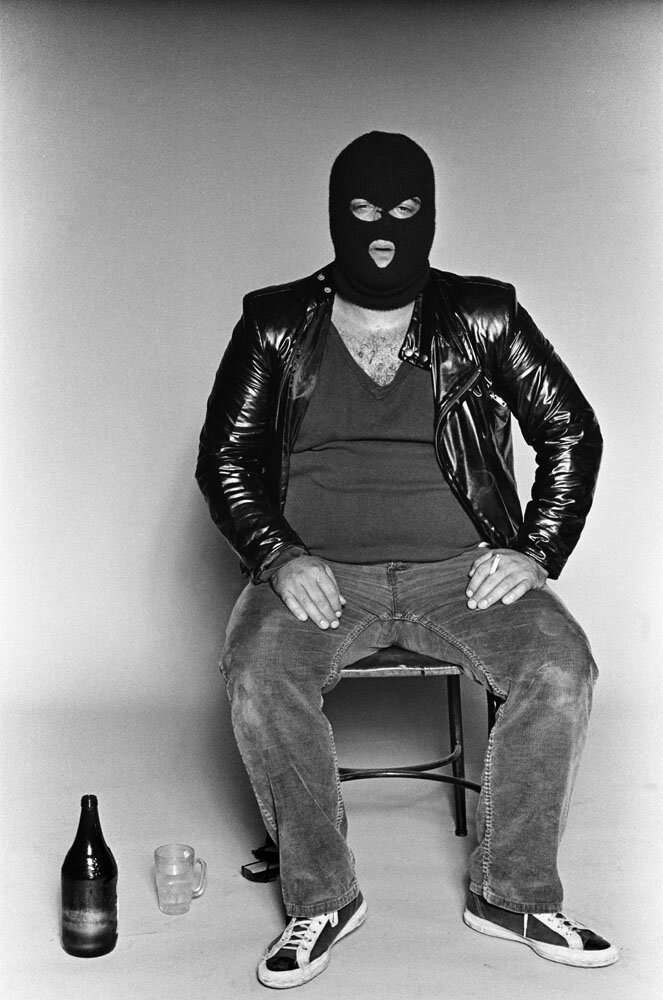
JOHN BELUSHI
In early September 1981, I spotted John Belushi in the New York after hours club, AM-PM. John was on a twenty-four hour binge with no sleep. I asked him when he would do a photo session with me and he said “Now.” As it was 5:00 AM, I didn’t believe him. Upon returning home, John and his entourage were waiting in a limousine in front of my building. Once inside, he paced around like a caged animal, fidgeting incessantly, uncanny for someone who was such a fluid performer. In one vulnerable moment, he peered from behind his flailing arm. John produced a series of expressions with such passion and feeling that they seemed to represent the arc of his career. The outcome of this session became Chapter 15 in Bob Woodward’s book “Wired, The Short Life and Times of John Belushi.”
ANDY WARHOL
In 1978, Victor Bockris brought me to the Factory, where I noticed that despite the flurry of activity, Andy seemed very obliging to everyone around him. I photographed him there. The next time I saw him was at the dinner that Victor and I arranged for Mick Jagger, William Burroughs and Andy Warhol at William’s’ place (the Bunker). Before Mick arrived, Andy was chatting with William, mostly about attractive boys. Andy suddenly said, “Someone should invent a sandwich with a drink in it.” He seemed to have a new idea every second! That night, I was surprised how paternal Andy was toward me. We were talking about Kenneth Anger; I think he had a bad experience with him, so he advised not to go near him. He was expressing a sensitive concern for me.
See more of Marcia Resnick’s work at her web site, . You can order her book, , at Branes & Noble.
(Author’s note: Although Marcia Resnick and I share a last name, we are not related. I’m also pretty certain that when she was my photography instructor at Queens College in the late 1970s, our shared surname had no influence whatsoever on that A+ she gave me.)
